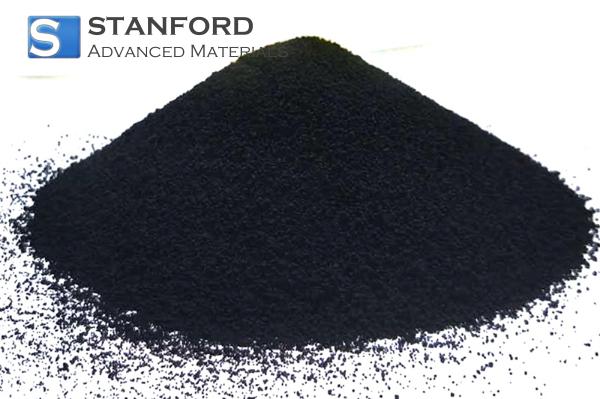Poisson's Ratio: Understanding And Calculation
What is the Poisson Ratio?
The Poisson ratio is a fundamental material property. It describes the behaviour of a material under stress. When a material is stretched or compressed in one direction, it contracts or expands in the perpendicular directions. The ratio quantifies this by relating lateral strain to axial strain.
Importance in Materials Science
An understanding of the Poisson ratio is essential for predicting the behaviour of materials under various load conditions. It is used in engineering, construction and materials science. Consequently, it informs the design and analysis of structures and components.
Factors Influencing the Poisson Ratio
Several factors influence the Poisson ratio, including:
- Material composition: Different materials exhibit distinct Poisson ratios due to their atomic or molecular structure.
- Temperature: Changes in temperature affect a material’s elasticity and deformation characteristics.
- Strain rate: The rate at which a material is deformed can influence its Poisson ratio.
Calculation of the Poisson Ratio
The axial and lateral strains of a material under stress are measured to calculate its Poisson ratio. The precise formula is not provided here. However, precise instrumentation is required to achieve accurate measurements.
Applications of the Poisson Ratio
The Poisson ratio is employed in various applications, including:
- Static analysis: Assessment of deformation in buildings and bridges under load.
- Materials design: Development of new materials with specified deformation characteristics.
- Biomechanics: Analysis of the behaviour of biological tissues under stress.
Poisson Ratio in Various Materials
Below are typical values of the Poisson ratio for various materials:
|
Material |
Poisson's Ratio (ν) |
|
Steel |
0.28 - 0.30 |
|
0.33 |
|
|
Copper |
0.34 |
|
Concrete |
0.10 - 0.20 |
|
Natural Rubber |
0.45 - 0.50 |
|
Wood (parallel to the grain) |
0.25 |
|
Wood (perpendicular to the grain) |
0.50 |
|
Glass |
0.20 - 0.30 |
|
0.34 |
|
|
Iron |
0.29 |
|
Bronze |
0.34 |
|
Lead |
0.44 |
|
Plastic (Polyethylene) |
0.40 - 0.45 |
|
0.20 - 0.30 |
|
|
Concrete |
0.10 - 0.20 |
Additional information can be found at Stanford Advanced Materials.
The Poisson ratio indicates the extent to which a material contracts or expands in one direction when it is deformed in another. For most materials, the ratio lies between 0 and 0.5.
Frequently Asked Questions
What does a higher Poisson ratio imply?
A higher Poisson ratio implies that the material experiences greater lateral deformation under tension or compression.
Can the Poisson ratio be negative?
Yes, some materials, known as auxetic materials, exhibit a negative Poisson ratio and expand laterally when stretched.
How is the Poisson ratio measured experimentally?
It is measured by applying a known stress to a material and recording the resulting axial and lateral strains.
Does the Poisson ratio vary with different types of stress?
Yes, the Poisson ratio may vary depending on whether the applied stress is tensile, compressive or shear.
Why is the Poisson ratio important for engineering design?
It assists engineers in predicting material deformation, thereby ensuring structural integrity and performance under load.

 Bars
Bars
 Beads & Spheres
Beads & Spheres
 Bolts & Nuts
Bolts & Nuts
 Crucibles
Crucibles
 Discs
Discs
 Fibers & Fabrics
Fibers & Fabrics
 Films
Films
 Flake
Flake
 Foams
Foams
 Foil
Foil
 Granules
Granules
 Honeycombs
Honeycombs
 Ink
Ink
 Laminate
Laminate
 Lumps
Lumps
 Meshes
Meshes
 Metallised Film
Metallised Film
 Plate
Plate
 Powders
Powders
 Rod
Rod
 Sheets
Sheets
 Single Crystals
Single Crystals
 Sputtering Target
Sputtering Target
 Tubes
Tubes
 Washer
Washer
 Wires
Wires
 Converters & Calculators
Converters & Calculators
 Write for Us
Write for Us





 Chin Trento
Chin Trento



